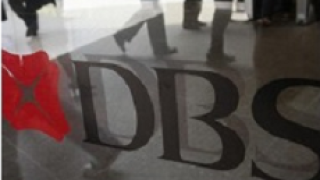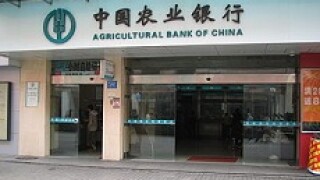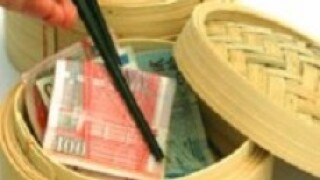Agricultural Bank of China
-
The Chinese Panda bond market is starting to heat up with a slew of corporates in the midst of preparing their respective trades.
-
The Panda bond market is looking crowded this week. Joining German car maker Daimler is Singapore’s DBS Bank which is marketing its debut Panda, several sources have told GlobalRMB.
-
Bank of Tianjin has commenced pre-deal investor education to test the waters for its $1bn Hong Kong IPO, say bankers.
-
China Huarong Asset Management has hired Richard Zhang in the newly created role of investment director to lead and oversee investment, with a focus on expanding the asset manager's offshore allocation.
-
One of China’s big four banks, Agricultural Bank of China, is seeking shareholder approval to issue Rmb80bn ($12.16bn) worth of Basel III tier two capital notes in the period up to the end of 2018.
-
The People’s Bank of China (PBoC) and the Central Bank of United Arab Emirates have signed a memorandum of co-operation to set up renminbi clearing arrangement in UAE. At the same time the region is set to get its first RQFII quota.
-
New Hope International has wrapped up syndication of a $100m facility that came with a guarantee from its parent, Chinese agribusiness New Hope Group.
-
Zhuhai Huafa Group completed Asia’s first offshore renminbi denominated bond in close to a month, raising Rmb1.5bn ($235m) with a three year offering on November 18.
-
Zhuhai Huafa Group (Zhuhai Huafa), a company closely involved with urban planning and development, is set to return to the dim sum bond market with a three year offering in the near future, GlobalRMB has learned.
-
Shandong Gold Group launched a capped $300m trade on November 4, the first time it is venturing into the international bond market for funding.
-
Chinese state-owned enterprise Shandong Gold Group is planning to issue its first international bond with the help of a standby letter of credit from Bank of China’s Shandong branch.
-
China General Nuclear Power Corp (CGNPC) has wrapped up its second dollar deal of the year, using a keepwell agreement this time around rather than a direct guarantee. Despite the less investor-friendly structure, the company saw a huge following and managed to price the notes with little new issue premium.










